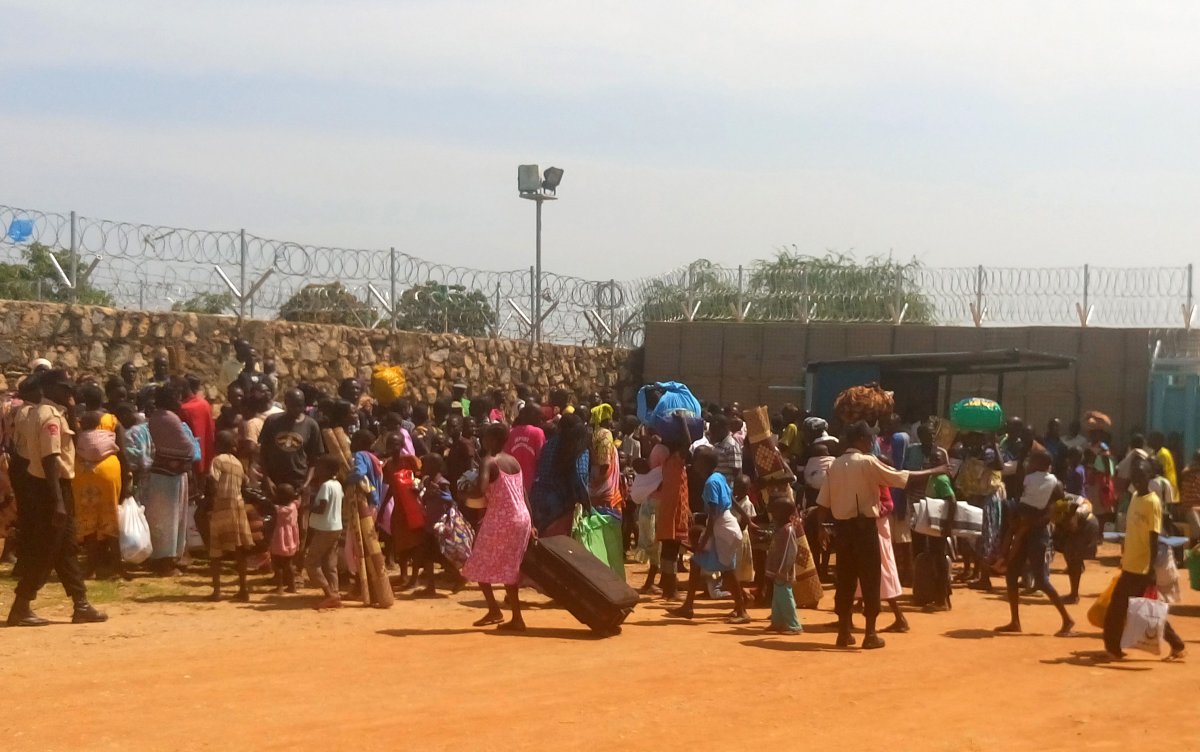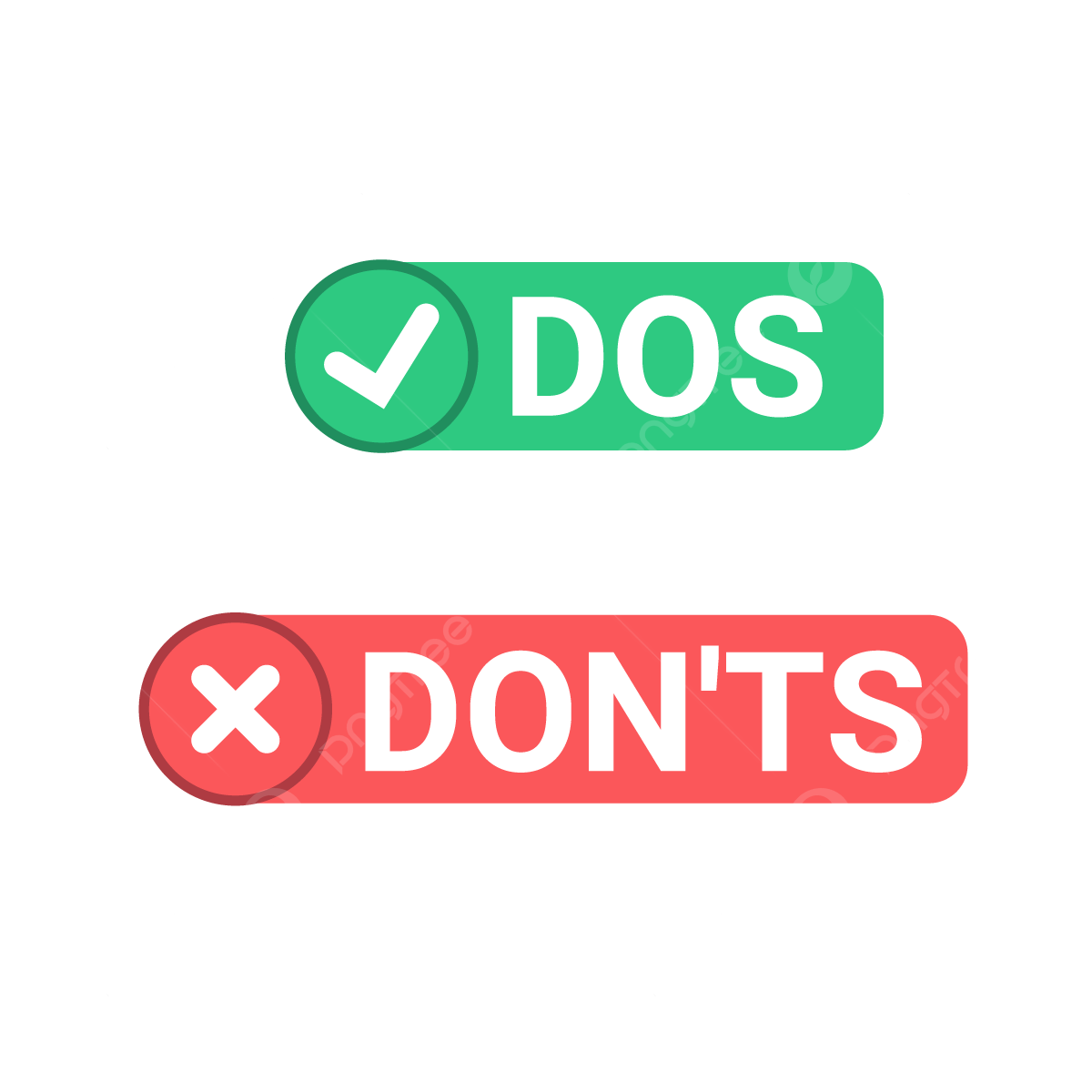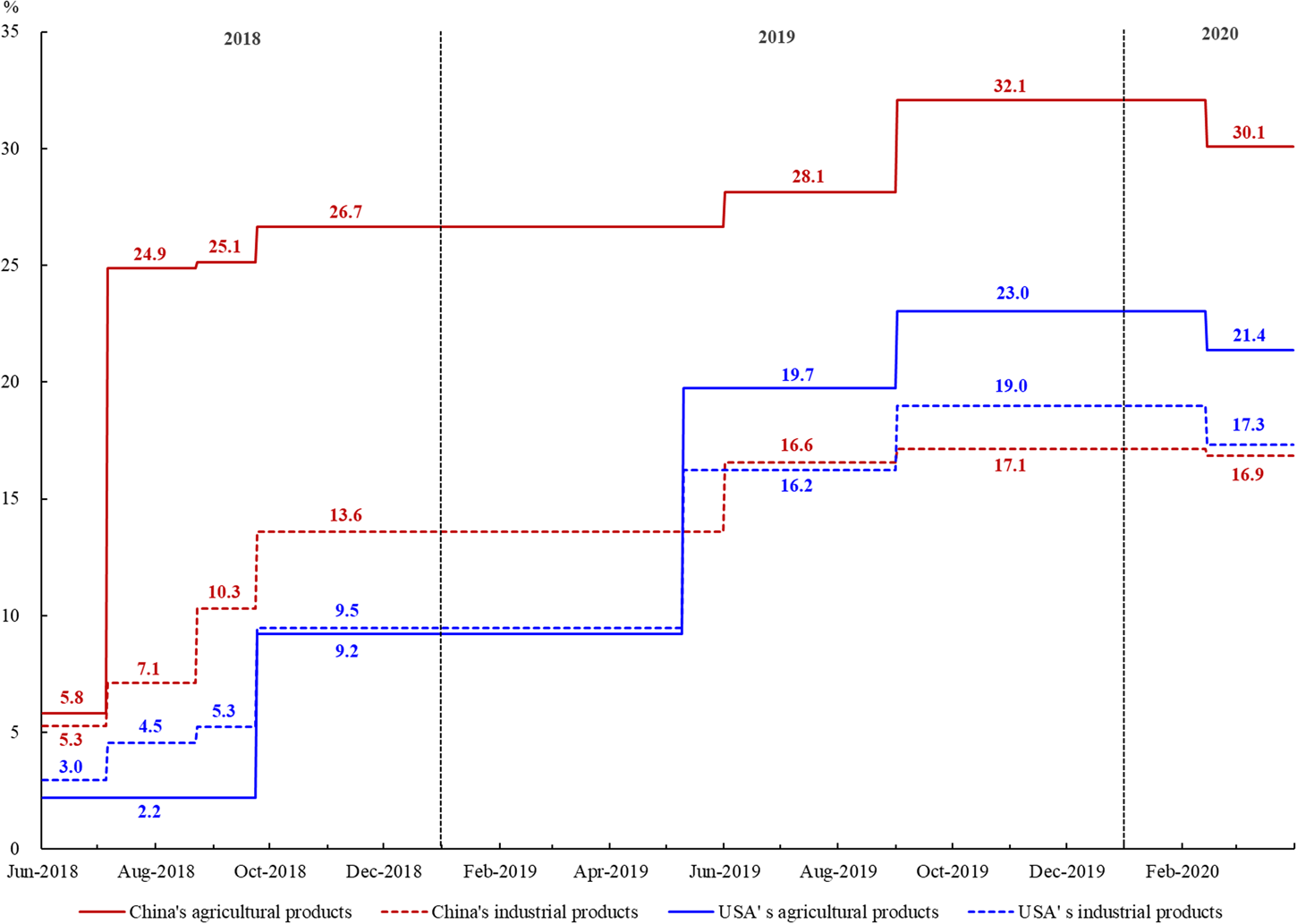Protests Against Trump: A CNN Politics Overview

Table of Contents
Early Protests and the 2016 Campaign
Anti-Trump Sentiment Takes Shape
The 2016 presidential campaign ignited passionate opposition from various groups, fueling early protests against Trump. His controversial statements on immigration, women's rights, and minority communities galvanized significant resistance.
- Large-scale demonstrations: Cities across the nation saw massive protests against Trump's rhetoric and policy proposals, often drawing tens of thousands of participants. These early demonstrations laid the groundwork for the sustained resistance that followed.
- CNN's diverse coverage: CNN's reporting highlighted the diverse demographics involved in these early protests, showcasing the broad coalition uniting against Trump's candidacy. This included coverage of protests organized by labor unions, environmental groups, and civil rights organizations.
- Social media's amplifying role: Social media platforms like Twitter and Facebook played a crucial role in organizing and amplifying anti-Trump protests. Hashtags like #NotMyPresident and #Resist became rallying cries, connecting activists across geographical boundaries.
- Impact on the news cycle: The scale and intensity of these early protests significantly impacted the news cycle, forcing mainstream media to address the growing opposition to Trump's campaign. CNN's extensive coverage shaped public perception of this emerging resistance.
The Rise of Resistance Movements
The election results spurred the formation of numerous resistance movements, dedicated to opposing Trump's policies and actions.
- Key organizations and strategies: Groups like Indivisible, the Women's March organization, and numerous local activist groups emerged, employing various strategies from grassroots activism to large-scale organized protests.
- Grassroots activism: The rise of grassroots activism proved crucial in mobilizing local communities and coordinating regional protests. These local efforts often fed into larger national demonstrations.
- Diverse concerns driving resistance: The resistance movement encompassed a broad range of concerns, including fears about threats to democracy, human rights, environmental protection, healthcare access, and LGBTQ+ rights. This diversity reflected the widespread opposition to Trump's agenda.
Key Protest Events During the Trump Presidency
Women's Marches and Related Demonstrations
The Women's Marches following the 2017 inauguration became iconic symbols of resistance against the Trump administration.
- Scale and international reach: Millions participated in Women's Marches globally, demonstrating the international concern over Trump's presidency and policies. These marches were among the largest single-day protests in US history.
- CNN's reporting and impact: CNN's comprehensive reporting on the Women's Marches underscored the scale and significance of the event, contributing to the public understanding of the widespread opposition to Trump.
- Key issues addressed: The marches addressed a broad range of issues including women's rights, reproductive rights, LGBTQ+ rights, immigration rights, and racial justice.
Protests Against Specific Policies
Trump's policies on climate change, healthcare (the Affordable Care Act repeal attempts), and immigration sparked widespread protests.
- Significant protests: Protests against the Muslim Ban, the withdrawal from the Paris Agreement, and the proposed border wall were among the most significant events during the Trump presidency.
- CNN's reporting on policy impacts: CNN's coverage detailed the impacts of these protests on policy debates, highlighting instances where public outcry appeared to influence policy decisions or shift public opinion.
- Protest strategies and effectiveness: Protesters utilized various strategies, including civil disobedience, marches, and lobbying efforts, with varying degrees of success in influencing specific policies.
Black Lives Matter Protests and Police Brutality
The ongoing struggle for racial justice fueled numerous demonstrations, often intertwined with anti-Trump sentiment.
- Intersection of BLM and anti-Trump protests: Many Black Lives Matter protests overlapped with broader anti-Trump demonstrations, reflecting the interconnectedness of racial justice and broader concerns about the Trump administration.
- CNN's coverage of high-profile events: CNN provided comprehensive coverage of high-profile events like the protests following the deaths of George Floyd, Breonna Taylor, and others, highlighting the ongoing struggle for racial justice.
- Impact on the national conversation: The protests significantly impacted the national conversation surrounding race and policing, leading to renewed calls for police reform and accountability.
The Impact of Protests Against Trump
Shaping Public Opinion and Political Discourse
The protests significantly influenced public opinion and the national conversation.
- Polling data and public opinion shifts: Polling data suggests that the protests contributed to shifts in public opinion on various issues, particularly among younger demographics.
- Impact on political debates: The protests forced mainstream media and political figures to address the concerns raised by protesters, impacting the trajectory of political debates.
- Role of media coverage: CNN's coverage, and that of other news outlets, played a significant role in shaping public perception of the protests and their impact.
The Influence on Elections and Political Outcomes
The protests likely contributed, at least indirectly, to electoral outcomes.
- Voter turnout and electoral results: The energized activism and mobilization evident in the protests likely influenced voter turnout, particularly among younger and more progressive voters.
- Impact on specific races and elections: While definitively proving causality is challenging, the protests may have contributed to electoral victories for candidates who aligned with the protesters' views.
- Long-term political effects: The protests have had a lasting impact on the political landscape, contributing to the rise of progressive activism and shaping the discourse on various social and political issues.
Conclusion
The widespread protests against Donald Trump represent a defining chapter in recent American political history. From the early campaign rallies to the final days of his presidency, these demonstrations, extensively covered by CNN, reflected a multitude of concerns and significantly shaped public discourse. Understanding the motivations, strategies, and impact of these protests against Trump is crucial for comprehending the political landscape of this era. To delve deeper into this critical period, explore CNN's extensive archive of reporting on Trump protests and related political events. Further research into the impact of protests against Trump will illuminate the evolving nature of political engagement in the United States.

Featured Posts
-
 South Sudan Us Collaboration On Deportees Repatriation
Apr 22, 2025
South Sudan Us Collaboration On Deportees Repatriation
Apr 22, 2025 -
 Is Google Facing Its Biggest Threat Yet A Potential Breakup
Apr 22, 2025
Is Google Facing Its Biggest Threat Yet A Potential Breakup
Apr 22, 2025 -
 Another Court Battle Doj Vs Googles Search Dominance
Apr 22, 2025
Another Court Battle Doj Vs Googles Search Dominance
Apr 22, 2025 -
 Land Your Dream Private Credit Job 5 Dos And Don Ts To Follow
Apr 22, 2025
Land Your Dream Private Credit Job 5 Dos And Don Ts To Follow
Apr 22, 2025 -
 Chinas Export Led Growth And The Implications Of Increased Tariffs
Apr 22, 2025
Chinas Export Led Growth And The Implications Of Increased Tariffs
Apr 22, 2025
